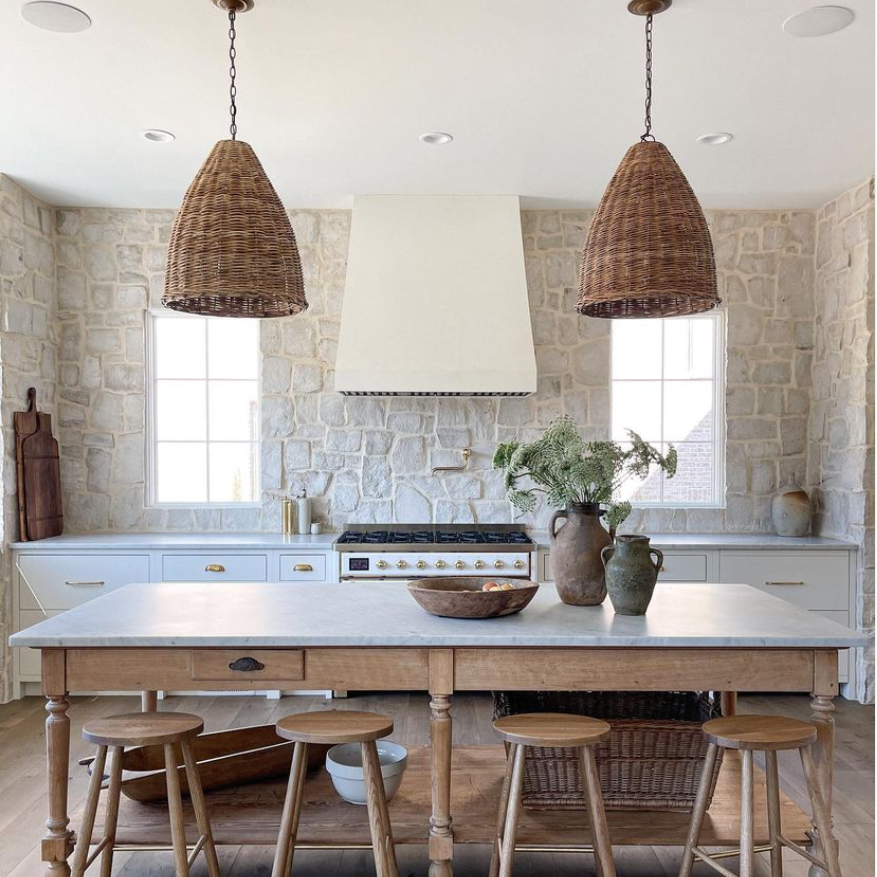Introduction
Nigella Lawson, the renowned celebrity chef, has always been known for her flavorful dishes and impeccable taste in cooking. However, her culinary skills are not limited to just that – she also has an eye for kitchen design, as seen in her kitchen lighting choices. A well-lit kitchen not only enhances the cooking experience but also makes the space more inviting and practical. In this article, we’ll explore Nigella’s approach to kitchen lighting and discover some illuminating ideas to help you brighten up your own kitchen.
Importance of Kitchen Lighting
The kitchen is one of the most important rooms in a home, and lighting can make a significant impact on its functionality and appeal. Adequate lighting is essential for the preparation of food, cooking, and cleaning, while ambient lighting can create a warm and welcoming atmosphere. Poorly lit kitchens can be uninviting and even dangerous, as lack of proper lighting can lead to accidents, especially when using sharp knives and other kitchen tools.
The Three Types of Kitchen Lighting
To create optimal lighting in a kitchen, you need to consider three types of lighting: ambient, task, and accent lighting.
Ambient Lighting
Ambient lighting is used to provide overall illumination in a space. In a kitchen, it can be achieved through ceiling fixtures, pendant lights, or recessed lighting. This type of lighting is crucial for navigating the kitchen and creating a comfortable environment. Nigella prefers pendant lights for her kitchen, as they add visual interest and can be customized to fit any style.
Task Lighting
Task lighting is concentrated illumination that helps you perform specific tasks like chopping vegetables, mixing ingredients, or reading recipes. It can be achieved through under-cabinet lighting, recessed lighting, or pendant lights. Nigella uses under-cabinet lighting to provide additional visibility on her kitchen countertop, creating an ideal work environment.
Accent Lighting
Accent lighting is used to highlight a particular area or feature in a room. In a kitchen, accent lighting could showcase artwork or design elements, such as a beautiful backsplash. Accent lighting is typically used for aesthetics rather than functionality, but it can enhance the overall ambiance of the space.
Nigella’s Kitchen Lighting Tips
Now that we understand the importance of proper kitchen lighting and the different types of lighting, let’s take a closer look at Nigella’s lighting choices and tips:
1. Layer Your Lighting
Nigella recommends layering your lighting to create a balanced and versatile kitchen. This means combining ambient, task, and accent lighting to provide different levels of illumination in various parts of the kitchen.
2. Mix and Match Lighting Fixtures
Don’t be afraid to mix and match different types of lighting fixtures for your kitchen. Nigella suggests using pendant lights over an island or dining area and under-cabinet lighting for task lighting. By mixing and matching lighting fixtures, you can create a unique and personalized kitchen that reflects your style.
3. Use Dimmers
Dimmers are an excellent way to create ambiance and adjust the lighting levels in your kitchen. Nigella recommends installing dimmer switches to any overhead lighting fixtures to help control the level of illumination in your kitchen.
4. Embrace Natural Light
Natural light is a beautiful and beneficial addition to any kitchen. Nigella’s kitchen features large windows that allow natural light to pour in, creating an inviting atmosphere. She suggests avoiding heavy window treatments that may block out the natural light and opting for lighter, sheer fabrics instead.
